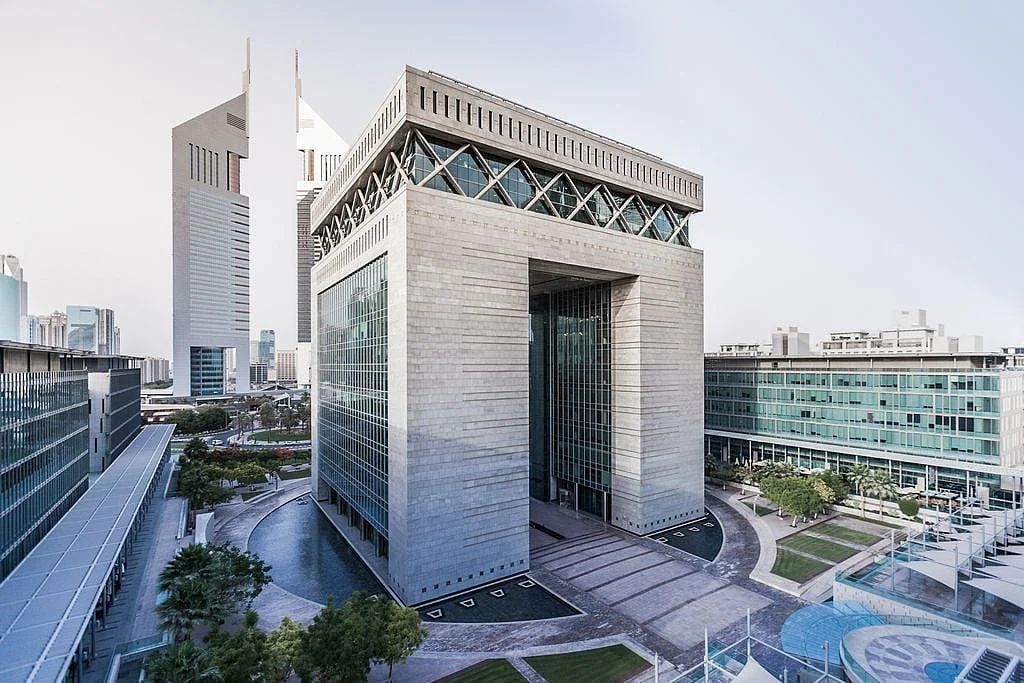
UAE Non-Oil Private Sector Posts Strongest Growth In 7 Months
The UAE's non-oil private sector gained fresh momentum in September, registering its strongest expansion in seven months as new business surged and output accelerated.
The S&P Global UAE Purchasing Managers' Index (PMI) climbed from 53.3 in August to 54.2, signalling a robust and quicker improvement in non-oil business conditions.
Recommended For You UAE: Road closure announced on Jabal Hafeet Street UAE mourns conservation icon Jane Goodall, whose legacy lives on at Expo City DubaiThe headline PMI jump masked a deeper shift: firms reported a sharp turnaround in new orders, particularly from the domestic market, which drove production higher and spurred labour hiring. Yet, companies remained cautious over inventory accumulation and pricing, constrained by strong competitive pressures.
Stay up to date with the latest news. Follow KT on WhatsApp Channels.
After a lull in August - when new orders slipped to their weakest pace in over four years - demand reaccelerated markedly in September. The new orders sub-index leapt to 57.2 from 53.1, reflecting the strongest intake since February. Over 30 per cent of firms surveyed indicated rising order volumes. Domestic demand led the rebound, while export orders also increased, albeit at a more modest clip. As a result, production responded strongly and showed one of the sharper monthly advances over the quarter.
One driver of the improved demand environment is that the non-oil economy continues to underpin UAE growth. In 2024, non-oil GDP rose by 5 per cent to Dh1,342 billion, accounting for some 75.5 per cent of the country's output. The country's overall GDP expanded by 3.9 to 4.0 per cent, supported by diversification efforts.
The Central Bank of the UAE projects non-oil GDP growth of 4.5 per cent in 2025, with some forecasts revising total GDP growth to 4.9 per cent as hydrocarbon output recovers under OPEC+ quota relaxation. The IMF anticipates the UAE's 2025 real GDP to grow by 4.8 per cent, well above the global average. The IMF's upbeat outlook reinforces the country's reputation as one of the world's most dynamic and stable econom9es amid global volatility.
Analysts said the bounce in September offers a reason for confidence.“The UAE's non-oil business sector looks to be recovering from mid-year softness, and its role as the primary growth engine for the national economy appears more entrenched than ever.“
David Owen, senior economist at S&P Global Market Intelligence, said: "The UAE PMI made up some lost ground in September following a trend of moderating growth in the middle of the year. Indeed, the latest reading of 54.2, which sits just below the survey long-run average, suggests that non-oil business performance has recovered well since its trough in July.
Firms responded to stronger demand by lifting employment levels at the fastest rate since May, though hiring remained cautious. Simultaneously, some companies drew down inventories for a third straight month, reflecting careful working-capital management in the face of cost and demand uncertainty. The result was a mild easing of backlog pressures: work-in-hand continued to accumulate but at the second-weakest pace in 20 months.
On purchasing, firms increased input procurement in September after a dip in August - the first fall in more than four years. Nonetheless, the pace was muted, as ample stock levels and competitive dynamics led some to adopt a wait-and-see stance toward new orders. Improved supplier performance helped too: delivery times quickened, registering their best improvement in five months. Input costs rose solidly in September, driven by purchase price inflation. Yet the squeeze was softened by slower wage increases. Many companies remained reluctant to pass cost pressures onto clients, citing intense market competition. The result: output price inflation decelerated, registering only a fractional rise in average charges.
This tension between rising input costs and subdued pricing power underscores a vulnerability for margin compression in the non-oil private sector going forward.
Dubai's non-oil sector closely mirrored the national trend in September. The Dubai PMI rose to 54.2 from 53.6, with a sharp acceleration in new order inflows and output growth. Employment gains, though modest, were the fastest in a year. However, firms in Dubai registered input price inflation at a five-month high but, in a twist, actually lowered selling prices - a sign of competitive strain.
The alignment of Dubai with the broader UAE PMI suggests that demand recovery is spreading across emirates, hinting at more synchronised strength in non-oil activity.
Sentiment among non-oil firms remained upbeat in September. Around 15 per cent of respondents expected higher output over the next 12 months, while fewer than 1 per cent held a negative view. Optimism was only marginally softer than August's ten-month high.
However, challenges persist. Competitive pressures restrain pricing power and encourage inventory caution. Global headwinds and overseas demand softness could slow export growth, while input cost volatility poses risks to margins.

Legal Disclaimer:
MENAFN provides the
information “as is” without warranty of any kind. We do not accept
any responsibility or liability for the accuracy, content, images,
videos, licenses, completeness, legality, or reliability of the information
contained in this article. If you have any complaints or copyright
issues related to this article, kindly contact the provider above.

















Comments
No comment